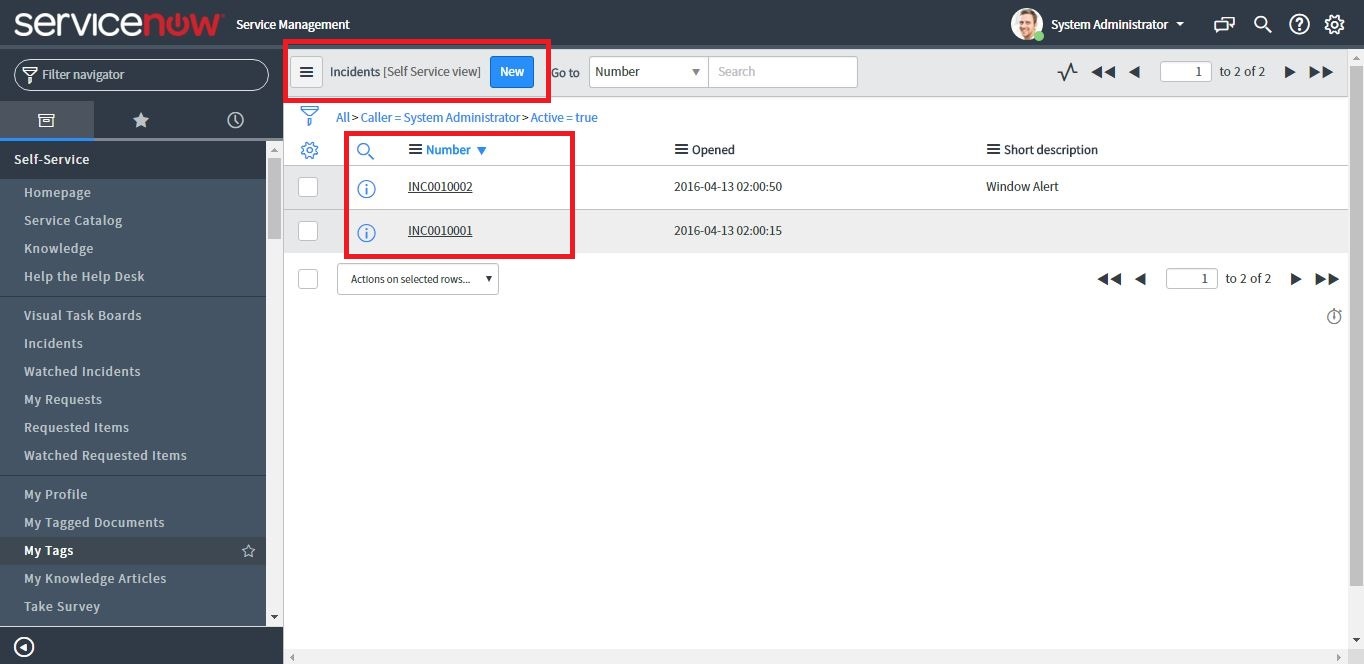Understanding ServiceNow Integration
Uptime Infrastructure Monitor integrates and uses ServiceNow to automatically generate a ticket or incident corresponding to each alert created in Uptime Infrastructure Monitor. When an alert is generated, such as when a server goes down, ServiceNow creates a ticket with a unique instance number. Repetitive alerts and emails are sent until the ServiceNow ticket status is changed, which sets the alert status to "ACK as acknowledgement of the alert or email. The alert is reset once the ticket status is set to Resolved or Closed.
Considerations when creating a ServiceNow ticket
If the ticket is already created in ServiceNow, i.e. a ticket with the same instance number already exists, and is in new state then a new ticket is not created.
If the ticket is already created with the same instance number, but the state of that instance is not Resolved or Closed, then Uptime marks the alert acknowledged (ACK). The moment alert is set to ACK, Uptime Infrastructure Monitor stops sending the alerts.
If the ticket is already created, but the state of that instance is Resolved or Closed and an alert is again generated by Uptime Infrastructure Monitor, then a new ticket with the different instance number is created in ServiceNow.
ServiceNow is triggered only if the set of alert rules specifies a critical condition and an alert is generated by Uptime Infrastructure Monitor.
Pre-requisites for ServiceNow configuration
Collect the following data before attempting to configure ServiceNow integration in Uptime Infrastructure Monitor:
- an active ServiceNow account
- the ServiceNow user name and password
- the ServiceNow instance path
To configure ServiceNow in Uptime Infrastructure Monitor:
- In Uptime Infrastructure Monitor, click Services.
- In the actions menu, click Add Alert Profile. Uptime Infrastructure Monitor displays the Add Alert Profile window.
- Type a brief name in the Name of Alert Profile field.
- In the Start alerting on notification number field, type the number of notifications you want to receive before an alert is triggered. The default entry is 1 to begin alerting after the first notification.
- In the End alerting on notification number field, type the number of notifications you want to receive before an alert is cleared.
- If you want Uptime Infrastructure Monitor to continue notifications throughout
- Check the Open Incident in ServiceNow checkbox, and then complete the following fields with the ServiceNow account credentials:
- ServiceNow Username
- ServiceNow Password
- ServiceNow Instance Path
- Click Save. Verify your entries by viewing the alert profile.
Now when any new alert is generated in Uptime Infrastructure Monitor, a ticket is created in ServiceNow. View this ticket in the Incidents view of ServiceNow.
Common mistakes while setting up the integration:
Review the following common mistakes made while setting up ServiceNow integration:
- entering incorrect ServiceNow user account credentials in Uptime Infrastructure Monitor
- entering an incorrect ServiceNow instance path
- entering alert rules incorrectly
- failing to check the Open Incident in ServiceNow checkbox
- if Email Alert is used for the account profile, failing to verify that the user account email address is already configured in Uptime Infrastructure Monitor
- failing to select at least one item each in Notification Groups and Service Monitors

